
Junctional nevus is also known as melanocytic nevus or mole. In these moles, melanocytes are accumulated at the dermo-epidermal junction and therefore these moles are called junctional. This condition can be congenital or acquired and many doctors believe that these are not something pathological, because most people born with light colored skin will have at least several (or much more) of them all over the body. Even people with pigmented skin may also have these moles.
In most cases, nevus is dark in color and of regular shape, either oval or round, not larger that 7mm (millimeters) in diameter. The color is almost always uniform, but it can range from light to sometimes dark brown. Junctional nevus can be macular or thinly papular and it is most likely to be just minimally elevated from the level of the skin. With age, junctional nevus may change and become compound nevus, characterized by accumulated melanocytes in deeper layer of the skin (dermis) and also at the dermo-epidermal junction. Compound nevus is usually much more papular than junctional.
These are benign skin lesions in most cases, but there is a possibility of transformation of benign junctional nevus into malignant melanoma. However, this happens extremely rarely, in less than 1% of people with small benign junctional nevuses.
Symptoms and Signs of Junctional Nevus
Junctional nevuses are usually acquired, but some might also be congenital (present at birth). Medical presentation of the lesion includes: enlargement and change in either shape or size of this mole. Also, notice any change in color (pigmentation), bleeding from the mole or any itchiness, irritation or pain it has caused and report that to your doctor.
To see if the junctional nevus has changes, examine it in day light, photograph them and notice the size and pigmentation. Typical pattern of pigmentation, just slightly above the skin level usually suggests junctional nevus. This condition should not be confused with other pigmented macules, such as freckles, café-au-lait spots, lentigines or melanoma.
Lesions of the skin that have changes in color, shape or size, or started to bleed, get inflamed or crusted must be checked properly in order to exclude melanoma.How to Manage Junctional Nevus?
Reassurance and monitoring are only measures you will need if you are diagnosed with junctional nevus and there are no pathological processes associated with it. If there is something suspicious, excision biopsy and dermatological consultation should be your courses of action. Be aware that chances to develop malignant melanoma are very rare, but patients who had severe sunburns or multiple skin lesions are considered to have greater risk of this skin problem.


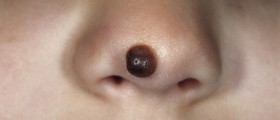

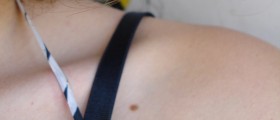

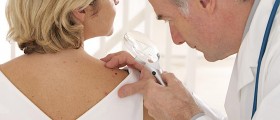
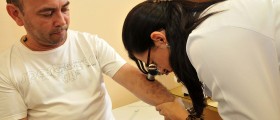



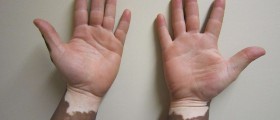
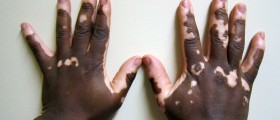
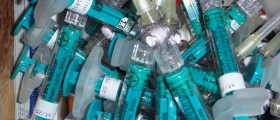



Your thoughts on this
Loading...